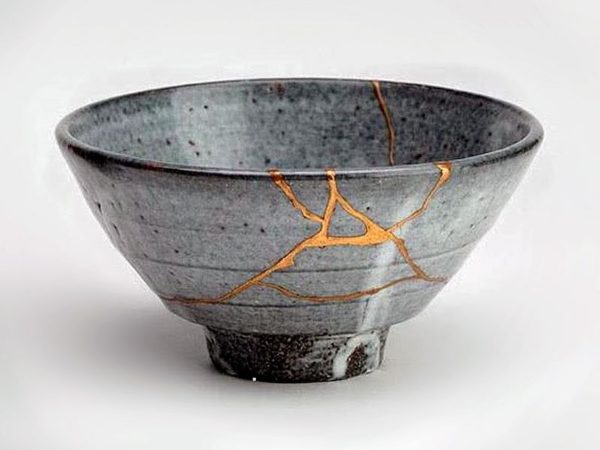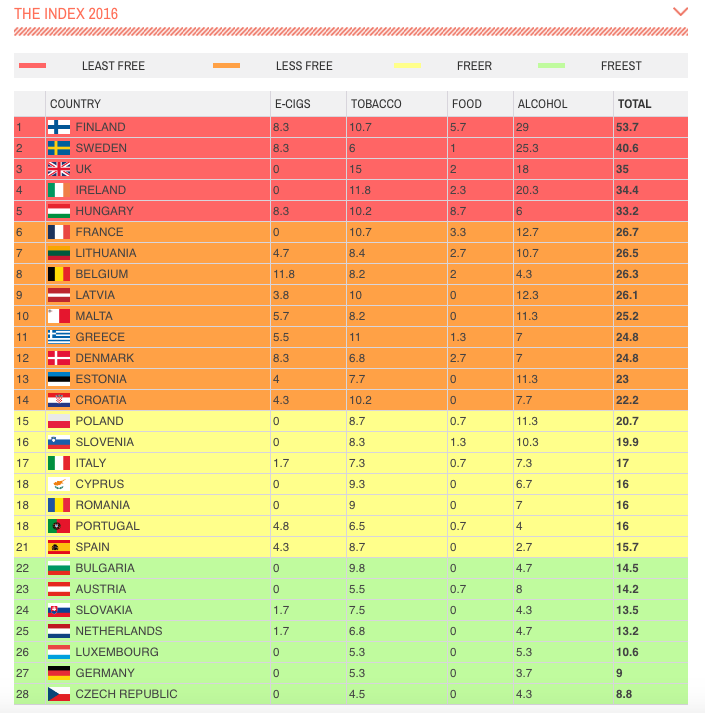2020 is not a year to travel wide and far around the world. Instead, I took a trip through my last happiness read of the month. ‘Atlas of Happiness’ by Helen Russell discusses ideas about happiness from 30 countries. Although I consider myself somewhat of a connaisseur of happiness around the world, to my surprise only two of the concepts figured on the blog before: Pura Vida (Costa Rica) and the obvious one – Gross National Happiness in Bhutan.
The ideas in the book look at happiness in a broad sense, ranging from the melancholic Saudade in Brazil/Portugal to the Danish happiness at work, arbejdsglaede. A few cultures emphasis the good life – joie de vivre in Canada/France, even by simply doing nothing – dolce far niente in Italy. Others are about dedication to an activity, like the Greek meraki, or about life in a community – ubuntu in South Africa and aloha in Hawaii. Oh, and some are just outright crazy – like kalsarikannit in Finland. Apparently, some Finns experience happiness in getting way too drunk, home alone, dressed in nothing but underwear…
The book should not be seen as a serious or academic exploration of what makes country happy. Do not expect deeper analysis of cultural features that explain why these ideas of happiness arise in certain contexts. Instead, it should be seen as an anecdotal exploration of stories people tell themselves about happiness, through the coffee chats Helen Russell has with individuals from the 30 countries she discusses. Let me share my three favourite stories…
Smultronställe: Sweden
‘Smultronställe’ literally means ‘wild strawberry place’. The term originates in a children book in the early 20th century, and further gained prominence by a Ingmar Bergman movie from 1957. In that movie, an old grumpy man opened a door to get back to the world he knew from his youth: indeed, the figurative meaning of the term is a pleasant place with sentimental and personal value.
According to Russell, a smultronställe combines two things: a sense of nostalgia, and an escape from the world. It bring back memories from earlier in life, to a simpler time. But it can also simply relate to a place where we can flee our daily concerns, often in nature.
Of course I asked myself whay my smultronställe is. I have to admit that I can’t really pick a place that meets all the requirements of the Swedish concept. Rather than going for a place from my youth that combines nostalgia and refuge, I’d pick the beach in The Hague, where I live since only one year. But we always go to the same spot; in the summer, we spent great moments with family and friends at the beach club; in the winter, we simply went for walks. Walking near the sea always helps to forget worries, and I think that helps to qualify as a smultronställe.

Wabi-sabi (侘寂): Japan
We all strive for perfection. The idea of Wabi-sabi (Japan) counters this dominant philosophy of what constitutes a good life: it is about appreciating the imperfections that we inevitably face. Wabi-sabi can be about appreciating that with age come both wrinkles and wisdom.
The concept even notes how imperfection adds an additional layer of meaning: apparently, in Japan it is a thing to repair broken ceramics with through kintsugi: ‘golden joinery’ or ‘golden repair’. Instead of throwing away the shards of a broken plate, joining them together with gold where the shards broke creates a beautiful ‘new’ object.
A great idea – we often believe something has to be new, and beautiful, to be worthwhile. But sometimes imperfections are just as pretty, and what is old and imperfect carries a lot more value than something new and spotless.

Tarab (طرب): Syria
Given its troubled recent history, Syria is not the first place I’d think to find new thinking about happiness. But according to Russell’s research, the Arabic concept of ‘tarab’ can be found there.
Tarab relates to the feeling you can achieve when deeply engaging in music – be it as a player, as a listener, or through the interaction between a musician and their audience. It is the trance you can achieve when there is a strong connection. (Traditional) Arabic music is different than Western music, with a prominent role for the oud, an Arabic type of lute). Songs also can last for minutes and minutes, depending on how the performer feels and how the audience responds.
Say Arabic music and the first name that comes up – in the Arabic world itself and by those initiated to it in the West – is Umm Kulthum, a singer from Egypt from the 1960s and 1970s who’s still incredibly popular today. If you’re open to it, I am sure that listening for half an hour will drag you into it as well – that is experiencing tarab!
Three new ideas about happiness! If you want to let me know which one resonates most with you, write me @ jasper [at] forastateofhappiness.com.

